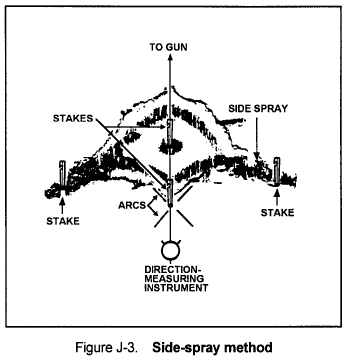I’m always pleased when campaigners about tax avoidance manage to find concrete examples of what they want changed. It takes a lot more knowledge and work, but is much more likely to have some impact in legislation.
So it’s great that 38 degrees have zoomed in hedge fund managers claiming their income as capital gains rather than wages. This not only gives them a lower tax rater, but makes it easier for them to claim numerous exemptions. The end result can be tax of just 12.7%.
Last week they released a report on the topic. It’s written by my friend Mike Lewis, and estimates the tax cost of this ‘loophole’ at £700 million per year.
38 degrees’ proposed solution is to explicitly treat payments to private equity employees as salary. That’s probably the right position for them to take — it’s a good change that might plausibly be implemented.
Personally, though, I’d prefer a much more radical change. It’s abhorrent to tax labour so much more highly than capital. This is something that brings out my inner socialist. The low rate of capital gains tax just shows that the system is rigged in favour of capitalists and against workers.

